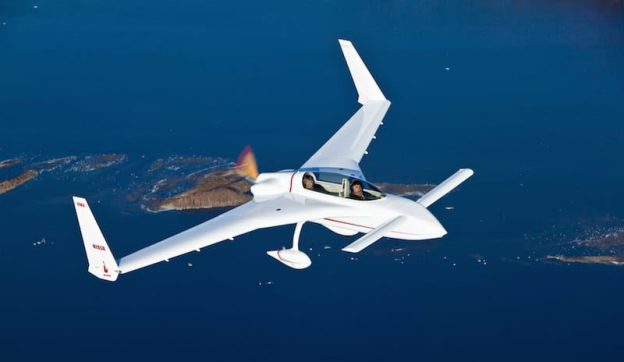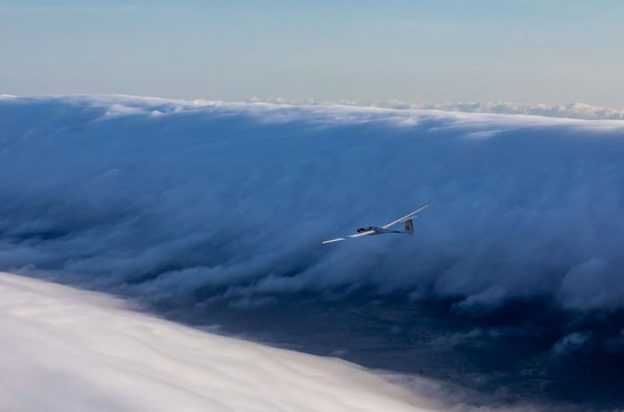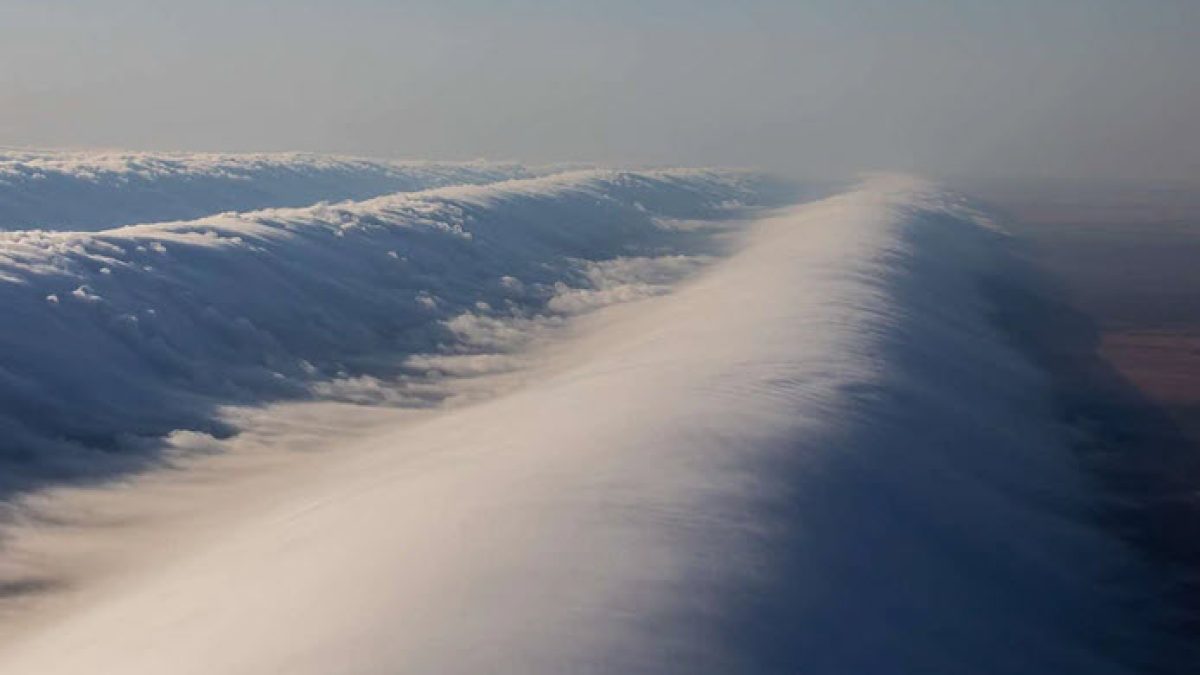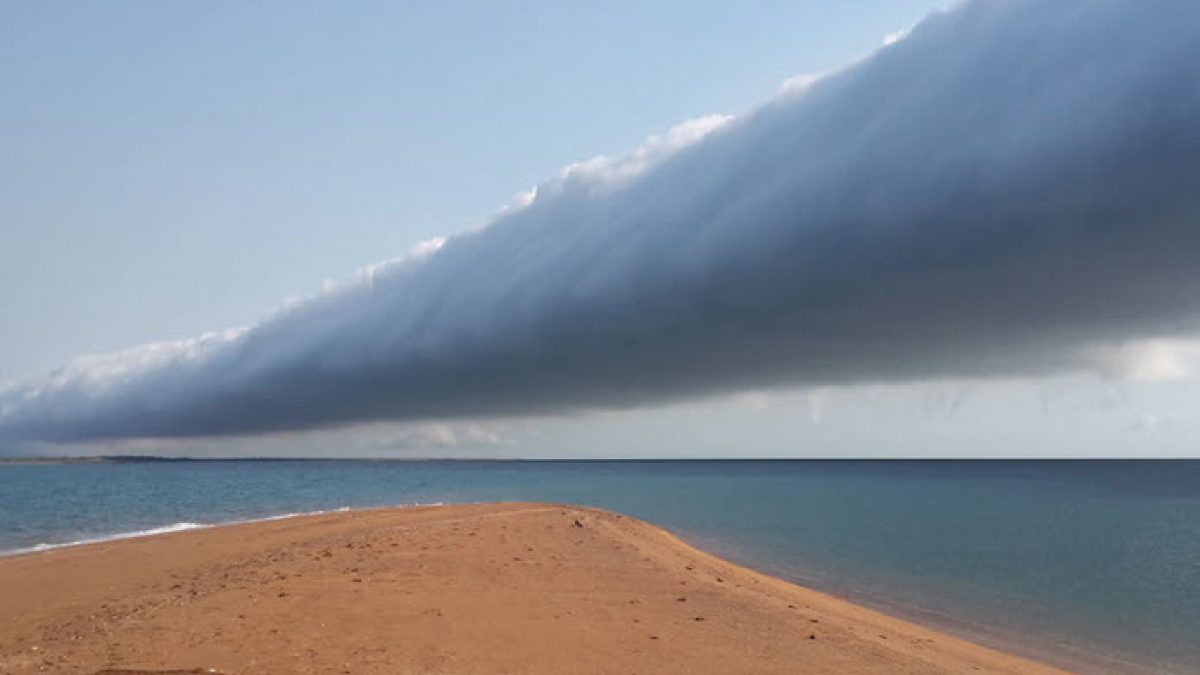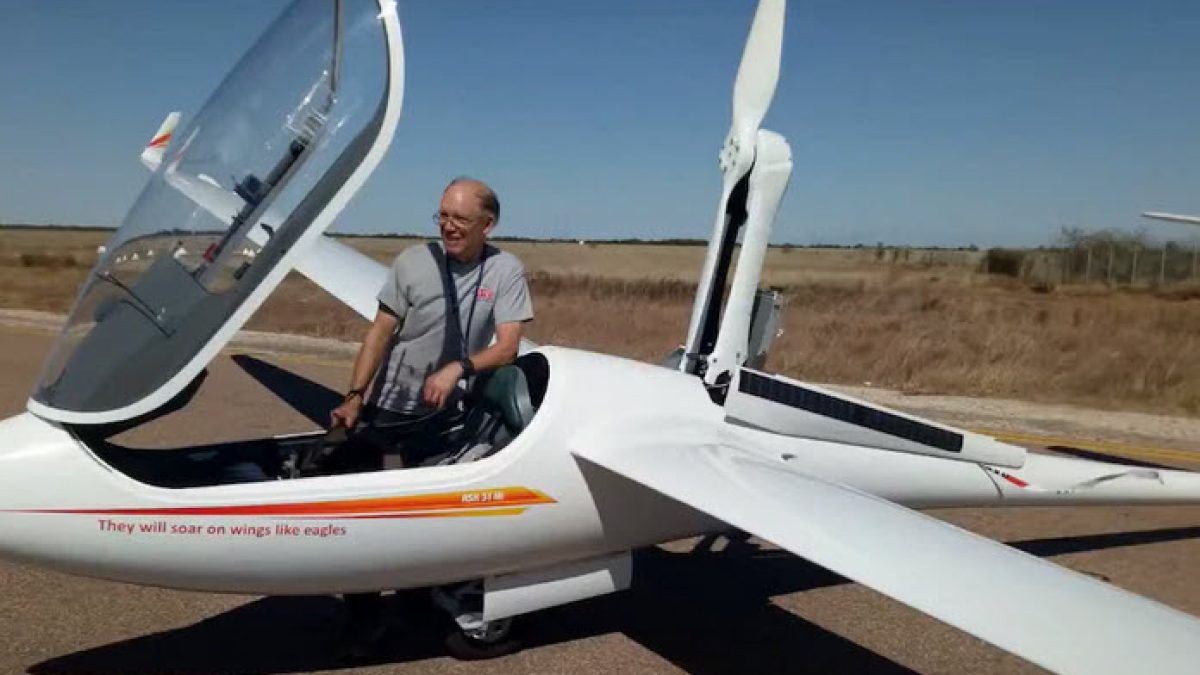An encounter with a lenticular cloud literally shook this pilot out of complacency.
We were on our way back from Natfly, the annual fly-in for recreational aircraft held each year on the Easter long weekend at Narromine, NSW. We attended for the full 3 days in my Rutan Long EZ which got a lot of attention as it is a unique design. This aircraft was created by Burt Rutan who designed Virgin’s spaceship. We departed late, about 2 hours before the last light, for the one-hour trip to Wedderburn, a club strip about 60 km southwest of Sydney. The forecast was for a strong easterly stream with a heavy cloud over the ranges and possible lee-side rotor and mountain wave.
On the basis that the hills would be socked in, I informed the pax our alternate would be Bathurst and he needed to prepare to overnight there if we couldn’t get through. He wasn’t happy about that option. On departure, we entered a steady 20-knot headwind that increased as we made our way east. Passing Bathurst and with 30 knots on the nose, we climbed higher to get above the increasingly rough ride from the turbulent air coming off the mountains ahead. While going through 7,500 feet and 55 miles from Sydney, we requested to climb into controlled airspace to stay above the rotor. The headwind was now 40 knots and we could see lenticular clouds forming ahead over the ranges. I didn’t like the situation as the cloud below was solid and the lenticular clouds ahead looked to be at about 10,000 feet.
I informed the pax we would be diverting to Bathurst for the night. The pax was also an experienced pilot and said we could ‘just climb over the lenni’ as we knew it was clear over our destination – and he had a date for dinner and didn’t want to miss that. After some discussion, I reluctantly agreed and we proceeded to get further clearance to 11,000 feet to clear the lenticular cloud. At least the rotor had ceased and we were in smooth air with no feeling of movement apparent – all the hallmarks of a mountain wave. At 11,000 feet we levelled off, well above the clouds, but still with 40 knots on the nose. Over the top, we saw the lenticular cloud rise up like a wave and within 30 seconds, it had washed over us and we went IFR. I immediately went onto the instruments but, as a VFR pilot, I had quite a workload. We had been in the lift going up at 1,000 feet per minute and when we levelled off, the rising air and the lenticular cloud just kept on rising until had enveloped us.
Then, without warning, the engine began to splutter so I pulled on the carby heat. The pax said, ‘Look at the wings’ and when I did, I could see ice forming on the leading edge! Then he yelled, ‘Look at the speed’ – the ASI was almost at the red line so we were diving. I resisted the temptation to pull back on the stick. I saw we were in a hard left turn so I banked right until we were level (but still steep nose down) and then eased back on the stick. We came out of the dive and started a steep climb and by the time I pushed the stick forward again, we had gone over the top of the parabola and were heading down again in a nose dive. We did this a few times before I was able to figure it out and get back to level flight. It was touch and go as we transitioned from positive 3G to negative G, again and again. The feeling was like a roller coaster at Luna Park. The ATC controller asked why I was descending without a clearance and when I told him we were IMC, he said, ‘Get your wings level’.
I confirmed that was what I intended and he vectored me towards clear air to the southeast. By this time the engine had stopped and the ice was getting thicker on the wings. The plane felt really heavy. After about 5 minutes, we were out of the cloud and thankfully, also on the windward side of the mountain. In that short space of time, we had descended to 3,000 feet after losing 8,000 feet of altitude. The mountain, only 5 miles behind us, rose up to 3,585 feet. After another 2 minutes and 1,000 feet loss, we were able to restart the engine and continued onto Wedderburn for a normal arrival.
What an experience! I was shocked at how the cloud enveloped us so quickly. Later, an instructor said he had experienced climbing cloud over the mountains that was ascending in front of him at over 2,000 feet per minute. He was also trying to get across in the strong wind but he couldn’t climb faster than the cloud so he turned away.
Lessons learnt:
Evidently, my mistake was I levelled off – but the cloud didn’t. I should have done a 180 when I saw it approaching. I still believe I didn’t have enough warning to turn around, so the lesson for me is, I will never fly over a lenticular cloud again. Source: ‚flightsafetyaustralia‚. Image: ‚generalaviationnews‚.


